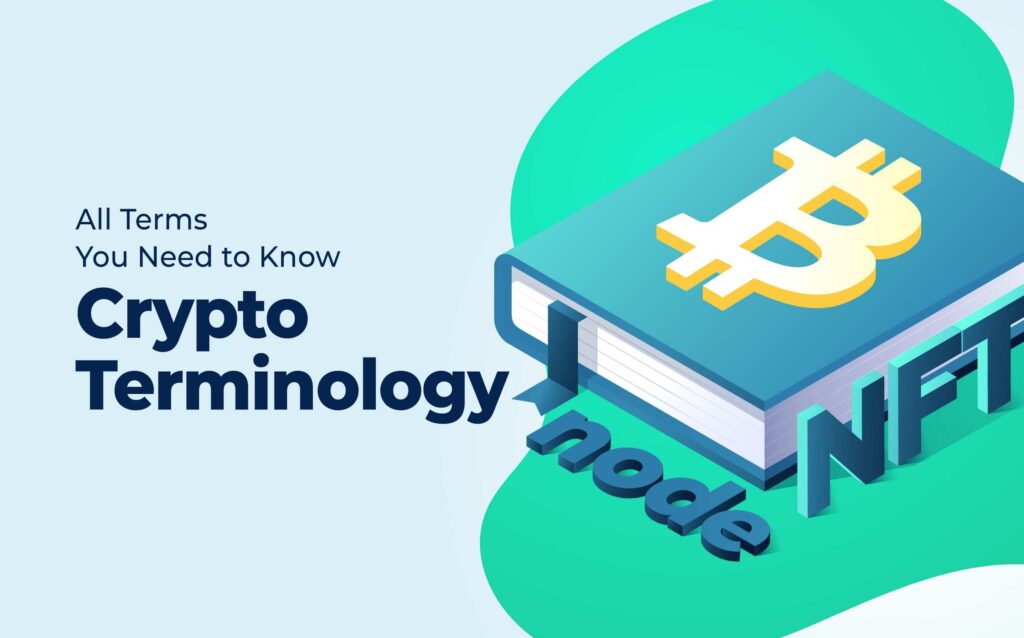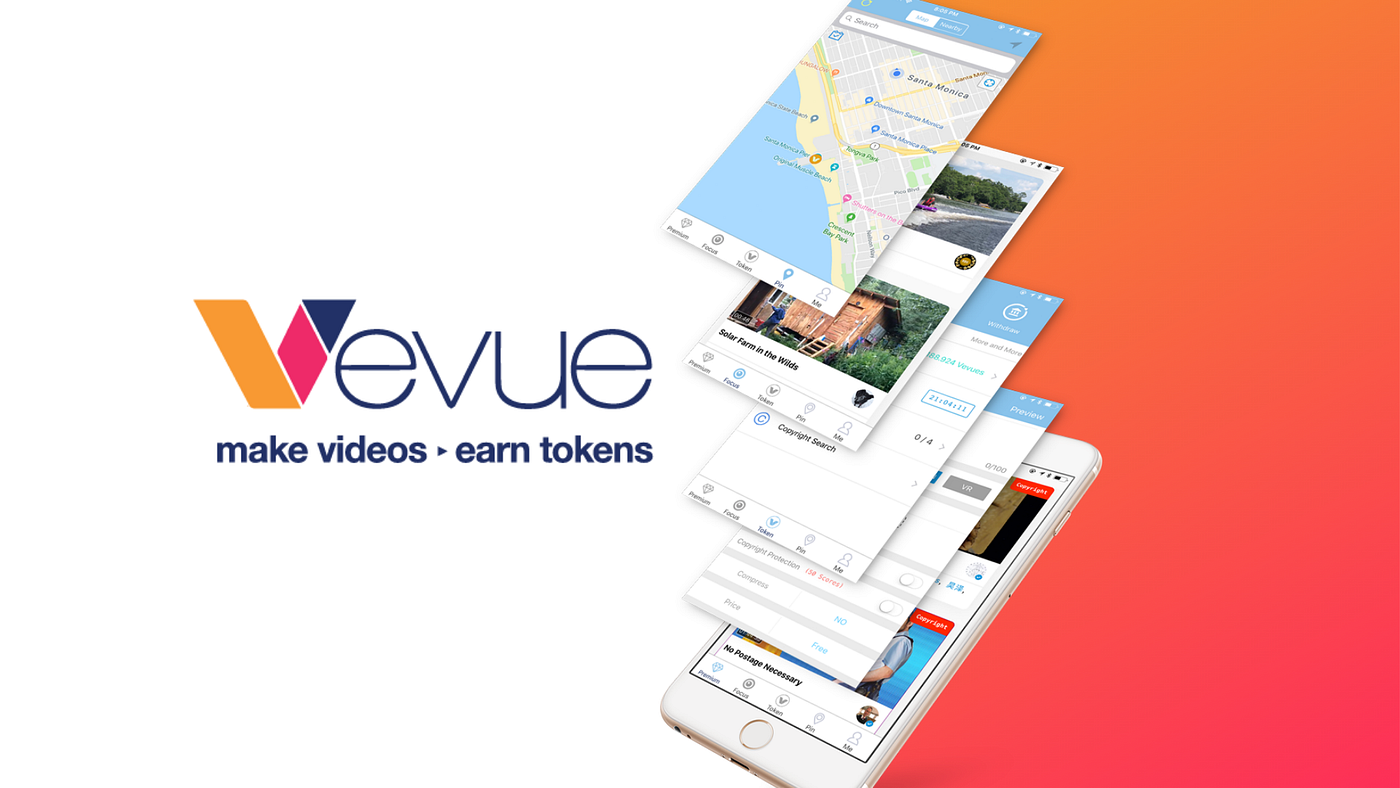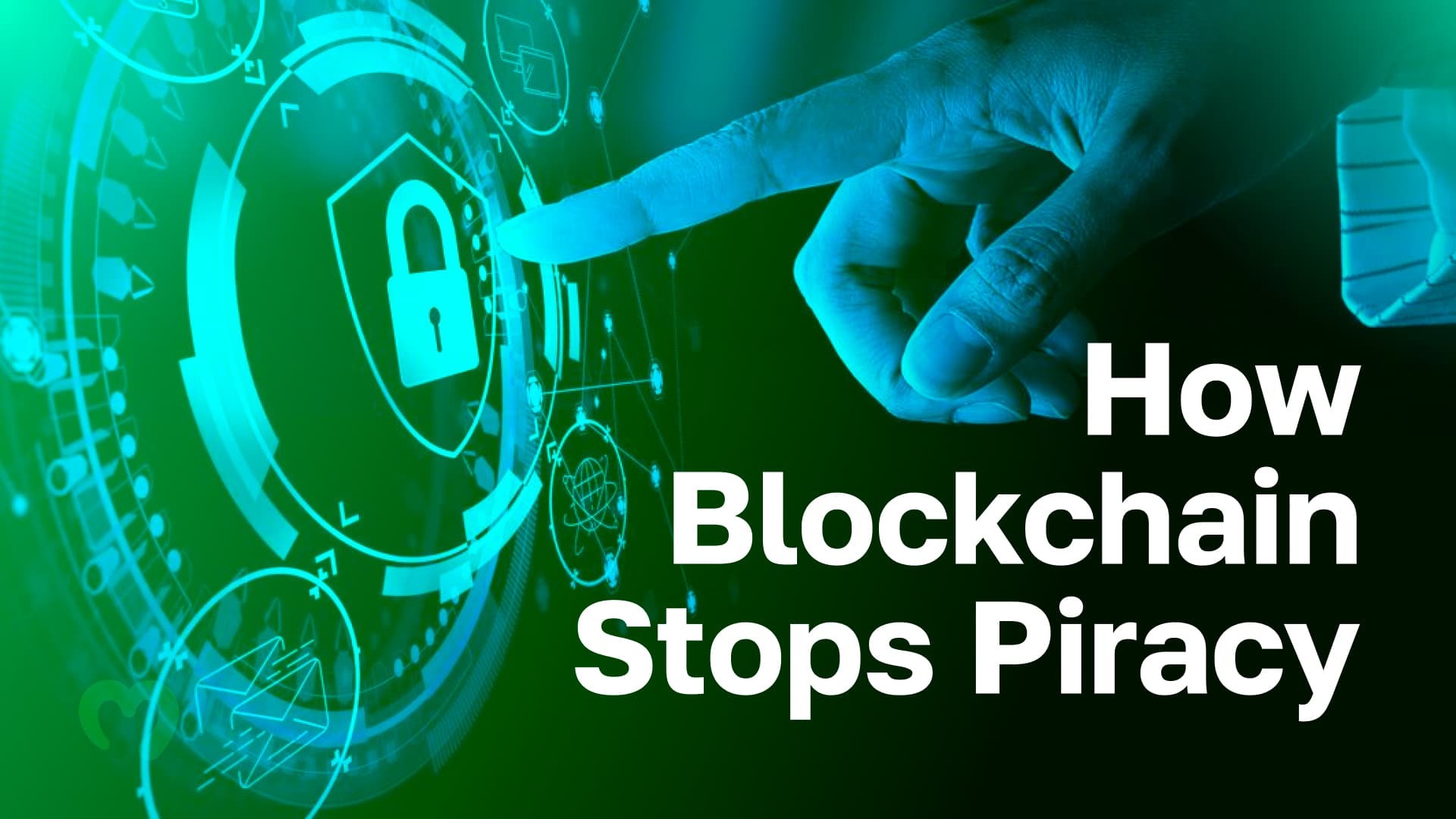Ever since the dawn of the internet age, piracy has been an ever-evolving burden on digital content. Before streaming platforms began to dominate media consumption, the internet was rife with piracy. Anyone could upload illegal copies of music, movies, or books, and entertainment became a commodity. Despite the many attempts to restrict these practices, billions are lost each year due to piracy. No amount of paywalls or subscriptions seems capable of preventing the illegal copying and distribution of digital media. Plus, criminals have a financial incentive to find new ways to circumnavigate piracy prevention strategies and participate in the illegal distribution of digital content and software. However, blockchain could prove to be an effective solution for combating piracy.
In this article, we’re going to explore how blockchain can prevent piracy. We discuss the impact piracy has on the entertainment and media industries. Further, we outline the different ways blockchain can help to minimize piracy. Additionally, we explore some of the top blockchain projects helping to end digital content piracy. Plus, we discuss some of the reasons why people turn to piracy and the necessary actions to prevent it.
What Causes Digital Piracy?
There are several reasons for people illegally copying and distributing digital content. The cost of software and media often is enough to encourage some people to break the law. However, doing so can result in hefty fines and, in some cases, imprisonment. Nonetheless, some people are willing to take their chances when it comes to accessing digital media or software.
In some cases, people are simply unwilling to pay for content, even if they can afford it. The vast number of torrent and file-sharing websites have normalized piracy, giving anyone access to free software and content in just a few minutes. Plus, some hackers use piracy as a form of social justice against companies they deem to have earned enough money already. In essence, it looks like these actors justify digital piracy under the guise of democratization. In other cases, piracy is simply a tool for financial gain. Anyone who can illegally duplicate content and has a market to resell it could stand to benefit from piracy.
How Blockchain Stops Piracy
Research suggests that the US economy could be losing up to $71 billion in domestic annual revenues due to online piracy. However, the effect on gross domestic product (GDP) is estimated to be between $47.5 billion and $115 billion when accounting for subsequent job losses, which stand between 230,000 and 560,000 jobs annually. Though several strategies exist to circumvent digital piracy, few appear to be having much success. However, blockchain technology could help to remedy this issue.
Blockchain provides an immutable ledger of timestamped events. When creators publish content onto the blockchain, they can reach their audience without third parties. Also, content gets stored on a peer-to-peer network vs a single, siloed server, thanks to the distributed nature of a blockchain database. As a result, fraudsters have one less attack vector, and distributors can publish content directly to their fans.
Furthermore, blockchain-based content can create digital fingerprints or watermarks that detect content leakage and identify copies of digital content. Additionally, tokenizing content on the blockchain as non-fungible tokens (NFTs) provides an extra layer of security to prevent illegal content duplication.
If you are a website creator and want to explore building websites using blockchain technology, then learn how to make a Web3 website with Moralis Academy today!
Benefits of Blockchain Content Distribution
Perhaps the most significant benefit of using blockchain for content publication is the ability to track articles, videos, and songs across multiple social media channels. Tokenizing intellectual property on the blockchain allows creators to see exactly how their content gets distributed and how much of the earnings they get to keep. Traditional social media platforms do very little to protect intellectual property rights. However, blockchains allow creators to register their works on immutable databases and retain control over their work and the revenue it generates by deciding how and to whom it is licensed.
Furthermore, blockchain-based distribution models give creators a higher degree of autonomy than traditional outlets. Rather than meeting the goals set by a third-party agency, creators can distribute their works according to their own goals. Also, blockchain allows creators to receive 100% of their royalties and can facilitate instant real-time royalty payments.
Moralis Academy is the number one Web3 and blockchain education suite. If you’re new to the world of crypto, check out our Crypto for Beginners course. This course trains students to safely buy, sell, and trade crypto using an exchange account. Plus, it explains the differences between Bitcoin, Ethereum, and altcoins. Also, would you like to learn how to make a profit regardless of market conditions? If so, save our “How to Invest During a Crypto Bear Market” article for later reading! Join our community of over 60,000 students and kickstart your blockchain education today with Moralis Academy.
Content Surveillance
Blockchain-based content surveillance enables content creators and publishers to monitor the life cycle of digital content. When a user copies digital content under surveillance, notifications are sent to the creator immediately about the device and its location. Also, blockchain-based content distribution services can implement bounties to help identify piracy and incentivize the community to eradicate it. Moreover, originators can track any watermarked content to its original copy. Plus, creators can implement “blacklisting” of any offenders’ wallet addresses.
Top Blockchain Projects Helping to End Piracy
Fighting piracy is not reserved to film studios and television stations. With such vast amounts of digital content published every day, it’s perhaps unsurprising that communities are forming outside of traditional media to help tackle piracy. Below, we look at some of the most prominent blockchain projects helping to fight against piracy in 2022.

Custos
Custos is a South Africa-based blockchain watermarking project. The project uses proprietary embedded watermarking technology on digital content that is impossible to remove. Whenever the illegal duplication of a file occurs, Custos can identify the wallet address of the illegal file recipient. Furthermore, the project encodes Bitcoin rewards into each piece of content to incentivize piracy identification and enhance security for all types of digital media.
Vevue
Vevue is a cross-chain decentralized social media platform and content streaming service that pays publishers using the native VPAY token each time someone interacts with their content. Also, the platform enables publishers to track their content on the blockchain to see if it is illegally duplicated. Furthermore, it uses proprietary content surveillance technology to allow creators to trace illegal copies to the device and wallet addresses of any bad actors. Thanks to blockchain technology, Vevue users can share content efficiently and securely. Plus, they can easily identify any content leaks as they occur.

MODA DAO
MODA DAO is a blockchain-based music publishing and licensing project. It aims to redefine the future of music ownership and consumption using decentralized governance and non-fungible tokens (NFTs). Also, MODA DAO uses cryptocurrencies for real-time artist royalty payments, removing intermediaries from the equation.
Furthermore, the project uses a series of proprietary NFT standards that facilitate the use of piracy-busting metadata for each track published on the MODA DAO network. The project aims to shape the future of music publishing using blockchain technology to give artists more control over their work and a better share of its generated revenue.
Pixelynx
Pixelynx is a music metaverse project that enables artists to create unique virtual experiences to accompany their music. The project has teamed up with the creators of Pokémon GO to create immersive metaverse experiences. Also, Pixelynx boasts several prominent figures on its roster, including deadmau5, Richie Hawtin, Seven20, and Graphite Media.
The project’s goal is to take power out of the hands of industry behemoths and place it into the hands of creators and artists. What’s more, the platform blurs the lines between music and gaming by creating a new paradigm for digital entertainment. Moreover, Pixelynx helps to reduce digital piracy in music thanks to the use of blockchain.
Movie Coin
Movie Coin is a blockchain-based crowdfunding platform for movie makers. The project uses NFTs to tokenize movie investments and lowers the barrier to entry for investors. Fans can own a piece of their favorite movies and earn passive income whenever someone views certain movies. Also, Movie Coin uses blockchain technology to eliminate piracy and establish new revenue streams for creators.
Furthermore, each movie NFT contains essential metadata that facilitates the real-time payment of complex royalty splits. As such, the platform makes it easier for production teams to reinvest their earnings, regardless of how big or small they are. Moreover, the platform allows creators to control the sale of movies on secondary markets and earn a share of the proceeds.
The Render Network
The Render Network provides decentralized GPU-based rendering solutions that aim to revolutionize the digital creation process. It connects people with idle GPUs to those who require rendering jobs. Anyone with spare GPU capacity can connect to The Render Network to complete “render jobs”. In return, users can earn the native RNDR token.
Though the platform doesn’t directly prevent piracy, it does present a viable solution for embedding surveillance technologies into content before anyone publishes it. Accordingly, The Render Network could become a key player in the blockchain fight against piracy. Furthermore, if the technology is adopted by the film and music industries, it could set a new precedent for curbing digital piracy.
Microsoft
As one of the biggest global names in technology, Microsoft is extremely well-positioned to facilitate the mass adoption of blockchain. In 2021, Microsoft’s research department announced plans to use the Ethereum blockchain as part of a new anti-piracy strategy. The initiative aims to create a trustless incentive mechanism to help reduce piracy.
In the document titled “Argus: A Fully Transparent Incentive System for Anti-Piracy Campaigns“, the Microsoft team collaborates with researchers from leading institutes to outline a proposal for overcoming piracy using blockchain. Argus will facilitate the anonymous reporting of piracy data using digital watermarks as part of the “proof-of-leakage” mechanism. Also, it will include features to prevent the duplication of piracy reports and attempts to game the system using different aliases.
How Blockchain Stops Piracy – Summary
In the US, there are an estimated 26.6 billion viewings of pirated movies annually. Although blockchain plays a crucial role in stopping piracy, addressing the underlying reasons for the illegal practice is necessary. Some experts cite the price of content, cultural norms, and over-saturation of media content as potential explanations for piracy. In many cases, blockchain alone is not sufficient to prevent piracy.
Several blockchain projects are working hard to reduce digital piracy. From embedding metadata into content to creating innovative mechanisms for identifying illegal file sharing, the innovation throughout the Web3 community is tackling piracy from all angles. However, implementing traceable elements into all content at the point of publication is a must to eradicate content duplication completely using blockchain. Currently, this seems to be unrealistic. Nonetheless, the music industry is one of the biggest drivers of Web3 adoption in recent years and could prove to be a driving force in blockchain-based piracy prevention.
Moreover, public blockchains provide a transparent and immutable data storage layer acting as a robust foundation for sharing and tracing digital content. Additionally, blockchain tracing and piracy tools can alert creators and publishers to act whenever their content duplicates illegally.
There has never been a better time to learn a new skill. Blockchain developers are in high demand and can earn a handsome salary. If you want to become a blockchain developer, check out the JavaScript Programming 101 course at Moralis Academy. If you already have programming experience, take the Ethereum Smart Contract Programming 101 course to learn how to program money!
This course teaches students how to build a decentralized exchange (DEX) from scratch on Ethereum. Also, see our Web3 ebooks and blockchain guides to further expand your Web3 knowledge! Take your first steps towards a life-changing career in Web3 today with Moralis Academy.





